Issue #37 2025
Issue #36 2025
Issue #35 2024
Issue #34 2024
Issue #33 2023
Issue #32 2023
Issue #1(31) 2022
Issue #4(30) 2021
Issue #3(29) 2021
Issue #2(28) 2021
Issue #1(27) 2021
-
 Science
Science
Messier 82’s starburst magnetic highway
Extraordinary goings-on at our nearest starburst galaxy
-
 Opinion
Opinion
iPhone moment for the Earth observation industry
Potential for EO data to unlock innovation and new markets
-
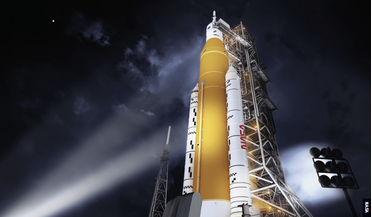 Specials
Specials
Building SLS - a contractual odyssey
Progress on NASA’s super-heavy-lift launch vehicle
Issue #4(26) 2020
-
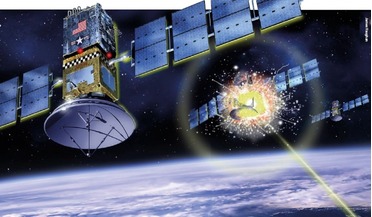 Security
Security
Spacepower and international relations
Are we looking at the end of American hegemony in space?
-
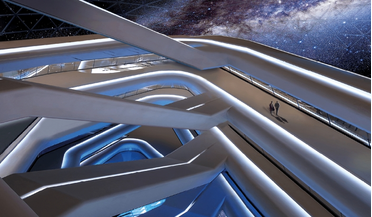 Astronautics
Astronautics
Developing the economy of a space nation
Asgardia works to establish its route map to the future
-
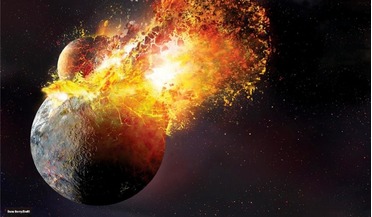 Science
Science
Evolution of volatiles on the Moon
Permanently shadowed regions may hold volatiles ‘time capsule’.
Issue #3(25) 2020
-
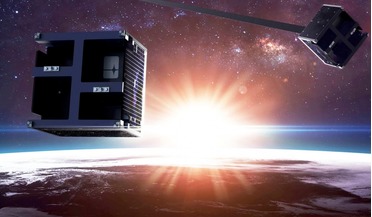 Astronautics
Astronautics
Tackling space debris - a global priority
Strategies for detection, tracking and removal of space junk
-
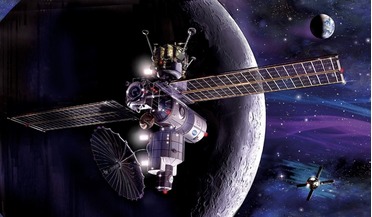 Astronautics
Astronautics
Commercial opportunities beyond Earth orbit
Expanding global space markets into deep space
-
 Astronautics
Astronautics
High hopes for Brazil’s space ambitions
Equatorial commercial launch opportunities for the global space sector
Issue #2(24) 2020
-
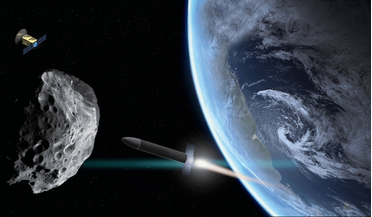 Security
Security
Saving Earth – time for a new cooperative framework
Working together to survive Earth-bound challenges and cosmic threats
-
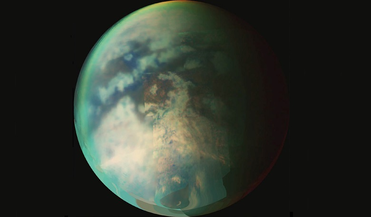 Science
Science
Titan’s evolving atmosphere
Physical processes of the moon’s atmosphere and its surface are loosely interconnected
-
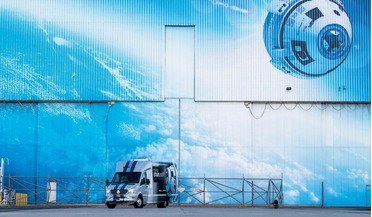 Astronautics
Astronautics
Astrovan II - your ride to space is here
Getting astronauts to the launchpad
Issue #1(23) 2020
-
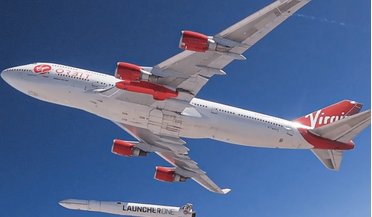 Astronautics
Astronautics
Spaceport Cornwall – from protests to sustainability
Sustainable goals and community engagement win support
-
 Specials
Specials
Iran - emerging space state or threat to world peace?
A cautious approach to Iran’s spaceflight ambitions
-
 Opinion
Opinion
Time to discuss regulations for future interplanetary trade
Considering a framework for interplanetary commerce
Issue #4(22) 2019
-
 Specials
Specials
Human conception and childbirth in space
Researching human reproduction for future space settlements
-
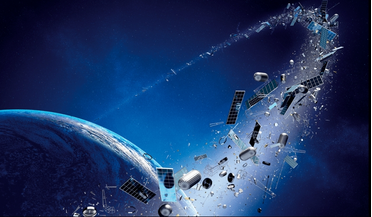 Specials
Specials
Rule of law vital for humanity’s sustainability and survival
Legal framework essential to avoid potential doomsday scenario
-
 Astronautics
Astronautics
Collaborating to harness space innovation in healthcare
Adapting space technology to improve life on Earth
Issue #3(21) 2019
-
 Security
Security
Space cybersecurity - why we mustn’t forget the basics
The importance of a solid cybersecurity foundation
-
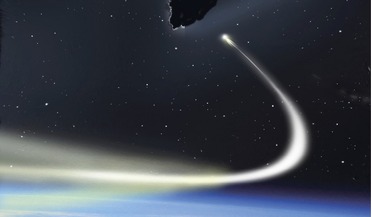 Science
Science
A new era in planetary defence missions
DART and Hera missions to test key deflective technology
-
 Astronautics
Astronautics
Expectations in a connected world
The importance of satellites for constant global data
Issue #2(20) 2019
-
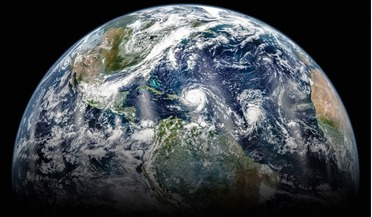 Astronautics
Astronautics
Space industry prime directive
In conversation with astronaut and former NASA Administrator, Charlie Bolden
-
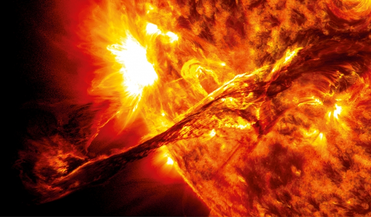 Environment
Environment
Solar superstorms and their effects on Earth
Understanding the behaviour of the Sun to protect our way of life
-
 Lounge
Lounge
Stepping into space with STEAM
Inspiring the new global space generation
Issue #1(19) 2019
-
 Opinion
Opinion
The inadequacies and dangers of modern rocket technology
Alternatives to the ‘rocket path’ of space exploration
-
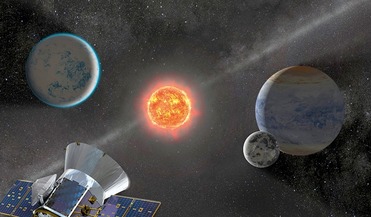 Science
Science
Scanning the skies for exoplanets
Astronomical bounty from NASA’s Transiting Exoplanet Survey Satellite (TESS)
-
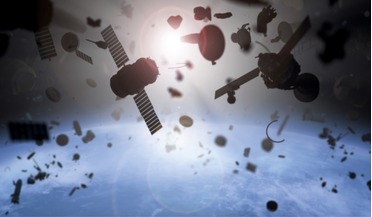 Specials
Specials
Cleaning up space
Technical solutions for orbital debris
Issue #4(18) 2018
-
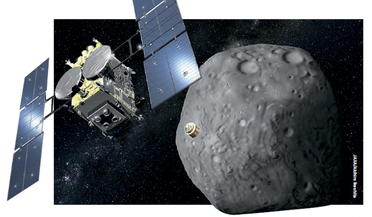 Specials
Specials
Visiting an asteroid to find out how life began
Exploring asteroid Ryugu with Japan’s Hayabusa2
-
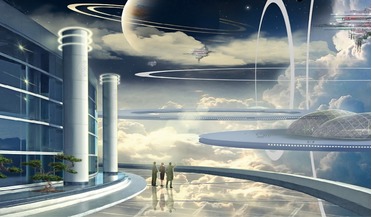 Specials
Specials
Prosperity in the stars
Establishing the foundations of Asgardia’s parliamentary democracy
-
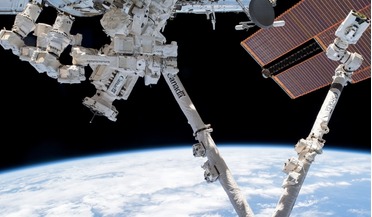 Astronautics
Astronautics
Preparing for a robotic revolution in Earth orbit
On-orbit robotic applications will accelerate the growth of the space economy
Issue #3(17) 2018
-
 Astronautics
Astronautics
Mining the Moon for fun and profit
The challenges and feasibility of extracting, processing and utilising lunar resources
-
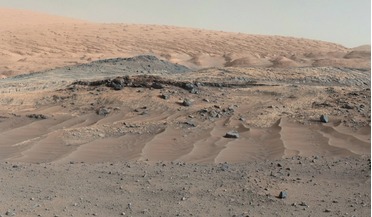 Science
Science
Could salty brines be the key to microbial life on Mars?
Liquid briny flows might cover extensive regions of subsurface Mars
-
 Lounge
Lounge
The ethics of space exploration
Questioning the meaning and value of our space activities
Issue #2(16) 2018
-
 Security
Security
Guardians of the galaxy
Why a US space ‘coast guard’ is increasingly necessary
-
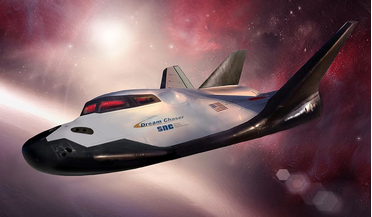 Astronautics
Astronautics
America’s ‘dream machine’
New multi-mission space utility vehicle
-
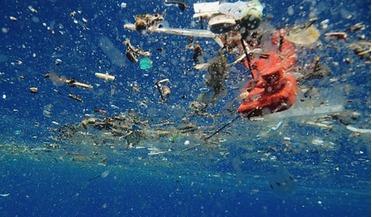 Environment
Environment
Monitoring marine litter by satellite
Remote sensing of plastic pollution to help clean up the seas
Issue #1(15) 2018
-
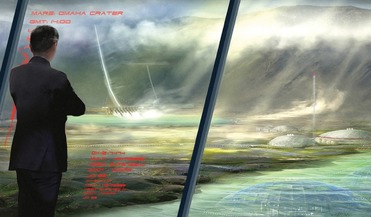 Specials
Specials
Developing Mars
Opening the door to strategic and commercial opportunities for Mars pioneers
-
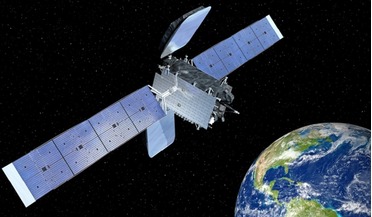 Astronautics
Astronautics
Servicing the space economy
Maximise satellite lifespans through in-orbit refuelling and repair missions
-
 Science
Science
PLATO the habitable zone explorer
ESA mission will search for Earth-like planets
Issue #4(14) 2017
-
 Astronautics
Astronautics
Space nation's first orbiting satellite
Asgardia space nation establishes its first 'territory' in orbit
-
 Specials
Specials
Shielding the human genome
Mitigating the threat of exposure to space radiation on journeys to Mars
-
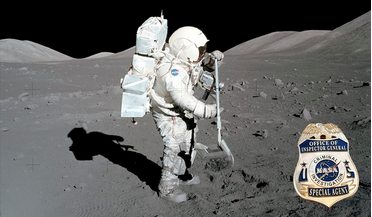 Lounge
Lounge
NASA’s space police wield full force of law
Zero tolerance for the unauthorised possession of a controlled space resource
Issue #3(13) 2017
-
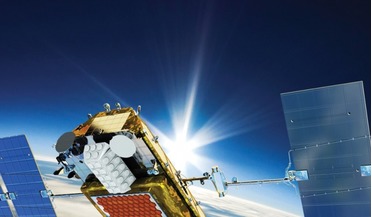 Astronautics
Astronautics
Geospatial maritime solutions
Satellites are now delivering real-time maritime awareness
-
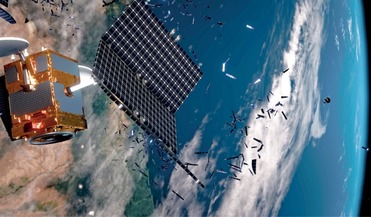 Specials
Specials
Measuring space debris risk
Space debris and its growing impact on orbiting satellites
-
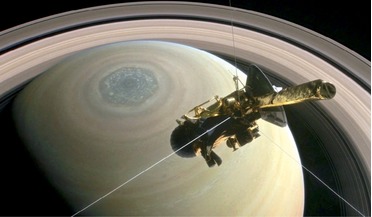 Science
Science
Cassini observations open up Saturn’s atmosphere
Phenomena shaping Earth’s climate have counterparts in the outer solar system
Issue #2(12) 2017
-
 Science
Science
Science searches for cosmic company
The discovery of alien life – if it exists – is now more likely than ever before
-
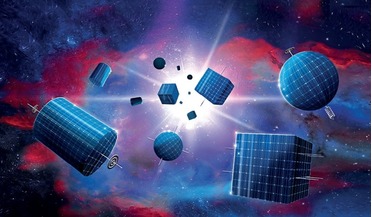 Specials
Specials
Big science from small spacecraft
Can cubesats and nanosats deliver in the space science arena?
-
 Astronautics
Astronautics
Planning for health, sex and sleep on a future Mars colony
Addressing the human health challenges of life on the red planet
Issue #1(11) 2017
-
 Security
Security
World needs strong space governance system
Establishing viable and effective laws for activities in outer space
-
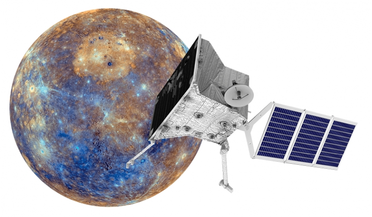 Science
Science
Bepi-Colombo will unveil Mercury’s secrets
European and Japanese mission will spend four years at innermost planet
-
 Specials
Specials
Sky-fi dawn of the space internet era
Only 39% of the world’s population has internet access - ‘sky-fi’ could change that
Issue #4(10) 2016
-
 Lounge
Lounge
Space research inspires innovation in fashion
How many times has space inspired us? Our worlds of thought - science, philosophy, religion, technology, literature - have always looked into the universe.
-
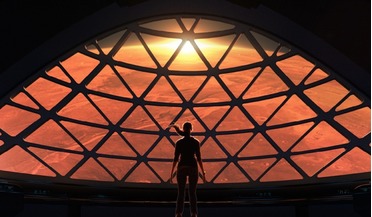 Specials
Specials
Elon Musk and Mars - looking for a snowball effect
In the first of two ‘Special Report’ articles for ROOM on future Mars exploration, Stephen Ashworth of Oxford University’s Voltaire Foundation examines the Musk - Mars phenomenon and asks what is behind the entrepreneur’s expansive vision to colonise the red planet.
-
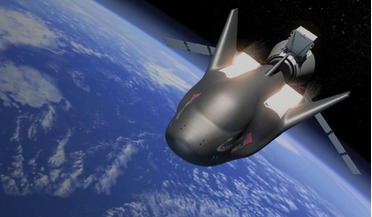 Astronautics
Astronautics
UN strategy lifts capacity for non-spacefaring countries
The United Nations Office for Outer Space Affairs (UNOOSA) is pursuing a remit to ensure all of humankind can benefit from the use of space.
Issue #3(9) 2016
-
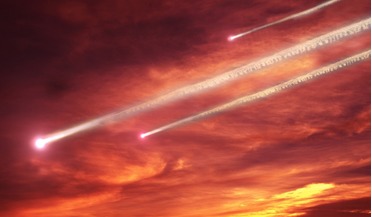 Security
Security
URBOCOP: saving planet Earth
In this article for ROOM, the author uses a top down approach to address the growing problem of space debris in Earth orbit along with the ongoing threat to our planet from impacts with celestial bodies and potential military conflict in orbit.
-
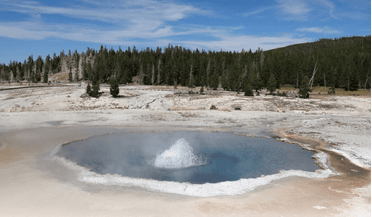 Environment
Environment
Life in the extremes: confessions of an astrobiologist
They were not half living, or quarter living. They were simply so many bags of bones in which sparks of life fluttered faintly.
-
 Lounge
Lounge
Paediatric cancer patients aim for the stars with space inspired art project
NASA, the University of Texas MD Anderson Cancer Center and specialist spacesuit manufacturer ILC Dover announced a partnership this summer that brings the benefits of arts and science to paediatric cancer patients and also increases the awareness of childhood cancer.
Issue #2(8) 2016
-
 Specials
Specials
Plasma Crystals - from space research to medicine on Earth and back to space again
The Plasma Crystal project is the most prolific physics research programme conducted in Earth orbit - what is it, what has it achieved and what can the results be used for?
-
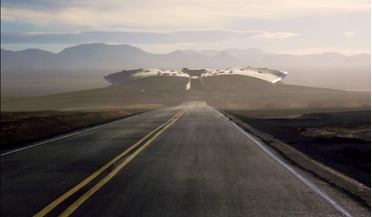 Security
Security
Exploring the problems of criminal justice in space
Regulating human behaviour and how we might deal with crime in space
-
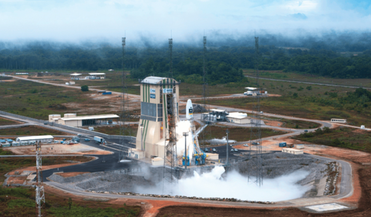 Astronautics
Astronautics
France, Europe and Russia - two decades of space launch cooperation
Cooperation between France and Russia over the past 50 years has delivered benefits to both countries
Issue #1(7) 2016
-
 Astronautics
Astronautics
Future space is challenge for international law
Outer space as a potentially hazardous area of human activities regularly sends us warnings - like the notorious meteorite shower in Chelyabinsk - that we are not ready to respond quickly and efficiently to challenges from space.
-
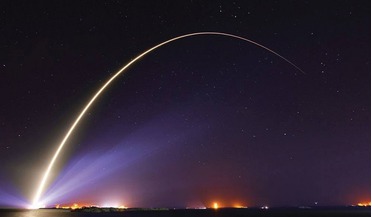 Security
Security
From Sanctuary to Battlefield
A new report highlights US vulnerabilities and calls for a shift in strategy to enhance safety and prepare for possible conflict in space.
-
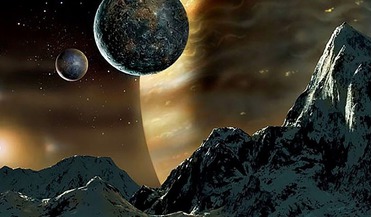 Lounge
Lounge
Why We Need Space Artists
If you’ve ever read the science fiction work of Isaac Asimov and Arthur C. Clarke, chances are the original book covers were painted by British space artist David A Hardy. He also worked with Sir Patrick Moore for over half a century, has created spaceships for Doctor Who and his art has featured in Pink Floyd gigs.
Issue #4(6) 2015
-
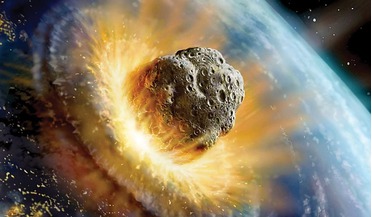 Security
Security
Defending Earth against cosmic hazards
Earth’s annual journey around the Sun represents a perilous cosmic voyage and for thousands of years humans have remained blissfully ignorant of the dangers of asteroids and comets, coronal mass ejections, solar radiation flares and other cosmic events that threaten our daily existence. The Global Space Governance Study is now addressing the technical challenges and regulatory actions for a comprehensive planetary defence strategy.
-
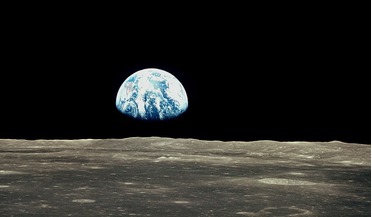 Astronautics
Astronautics
Innovations in human astronautics
RSC Energia has been conducting activities in rocket-space industry since 1946 when a team of specialists developing long-range ballistic missiles was organised under the leadership of the Chief Designer S.P. Korolev, generally recognised as the founder of practical cosmonautics. The enterprise initiated all lines of activity related to national rocket and space technology. Today, RSC Energia is Russia’s leading rocket-space enterprise and the top organisation in the field of human space systems. In this special article, company President Vladimir Solntsev looks at some of the long term implications for astronautics and the need for international cooperation.
-
 Astronautics
Astronautics
Nuclear Flashlamps in Space
Launching nuclear explosives into space seems like a bad idea and is not something to be treated lightly but there might be times when we need to think seriously about why it might be useful to use nuclear explosives in deep space - and ponder what can be learned just by thinking about it.
Issue #3(5) 2015
-
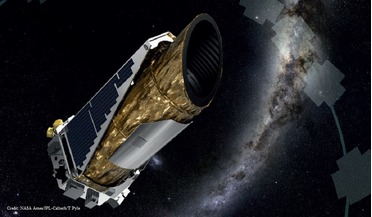 Astronautics
Astronautics
Finding Earth-like worlds: the tale of how Kepler-452b was discovered
The quest to discover Earth 2.0 was a fight against the odds for the Kepler mission
-
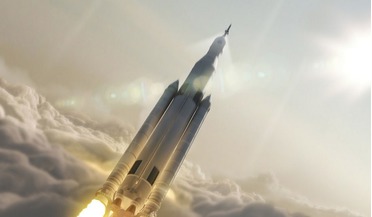 Astronautics
Astronautics
Earth independence: new definitions of home on Mars missions and beyond
The incredible distances in space will shape and change humanity’s understand of home.
-
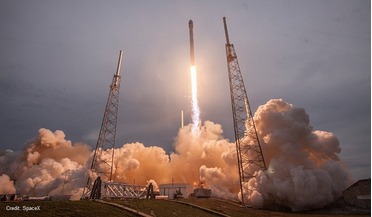 Security
Security
The Global Space Governance Study – A new regulatory framework for New Space?
Technology and innovation in business and entrepreneurial talent has forged ahead of the regulatory guidelines and necessary standards. This study seeks to consider in a comprehensive and thoughtful way the best way forward in “new space” initiatives.
Issue #2(4) 2015
-
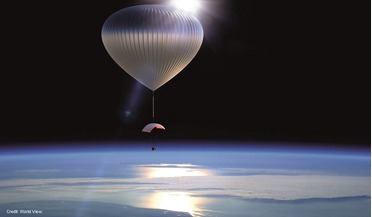 Environment
Environment
Re-usable rockets: a new breakthrough for suborbital research
Most eyes are focused on the re-useable rockets of the space tourism industry to carry small research payloads into sub-orbital space.
-
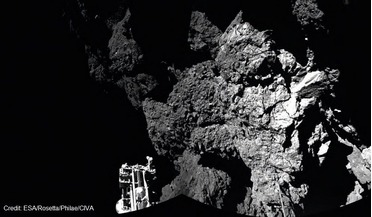 Astronautics
Astronautics
The day Philae landed: how a rough touchdown still made history at the Rosetta Mission
In November 2014, the whole world was watching the historic attempt by Europe to land on the comet 67P/Churyumov-Gerasimenko.
-
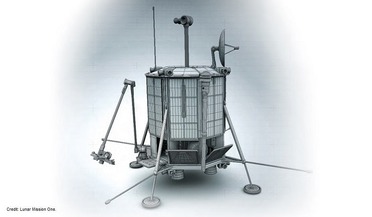 Astronautics
Astronautics
Lunar Mission One: crowdfunding endeavour and drilling on the Moon
Traditionally space science has been funded by tax payers through their governments but the tax payers themselves have not been able to say where the money is to be spent.
Issue #1(3) 2015
-
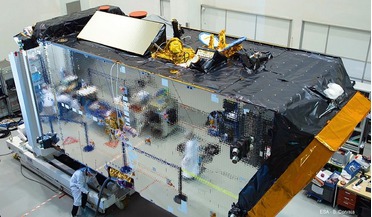 Specials
Specials
ARTES and the world of satcoms
The ARTES programme is ESA’s way of ensuring a thriving satcoms sector. Here is how it works in practice: from PPPs to financing innovation
-
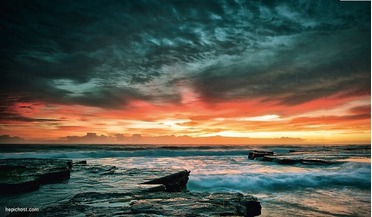 Environment
Environment
JAXA’s challenge to climate change
Global warming doesn’t just mean warmer weather – it means more extreme weather. For the Japanese Aerospace Exploration Agency, utilisation of satellite technology is a key factor in monitoring climate change
-
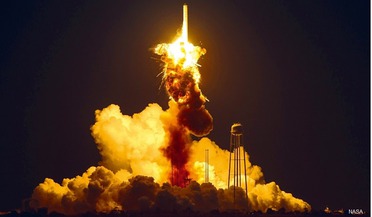 Environment
Environment
Congested, contested, and invested: of space debris, risky launches and private initiative
Space sustainability is a business problem - but also a business opportunity. The threat of space debris forces mission planning to innovate
Issue #2(2) 2014
-
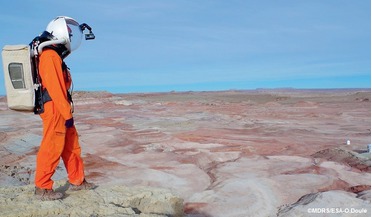 Astronautics
Astronautics
Ready for Mars? From Mars-500 to zero-gravity medical issues
Do current plans for manned missions to Mars fully allow for the physical and psychological strain such a voyage would place on crews?
-
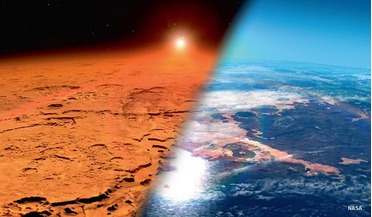 Astronautics
Astronautics
MAVEN and the evolution of Mars
NASA’s MAVEN mission is the first to focus on the upper atmosphere of Mars. Currently in orbit around the red planet, it should deepen our understanding of how Mars’s climate has evolved over the last four billion years
-
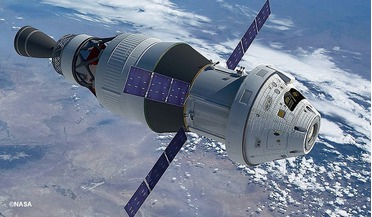 Astronautics
Astronautics
Technology drives space exploration: we won’t make it to Mars without investment
We must invest in technology today if we are going achieve the enormous gains in the field of space exploration that lie within our grasp
Issue #1(1) 2014
-
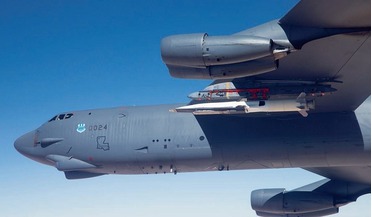 Astronautics
Astronautics
X-51A Waverider, hypersonics, and the potential of airbreathing engines
Can advances in hypersonics revolutionise flight and access to space?
-
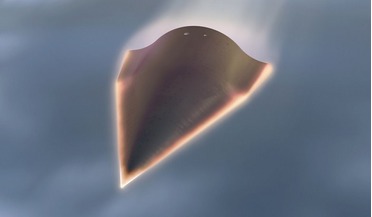 Astronautics
Astronautics
The hypersonic grail: advances at DARPA, AFRL and beyond
After decades of research, recent breakthroughs put us on the cusp of reaping hypersonic benefits
-
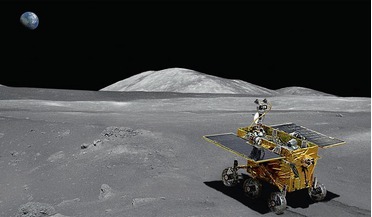 Astronautics
Astronautics
Is there a space race or are India and China just coming of age?
Are recent high-profile Asian space projects evidence of technological attainment? Or are they merely exercises in politics?





